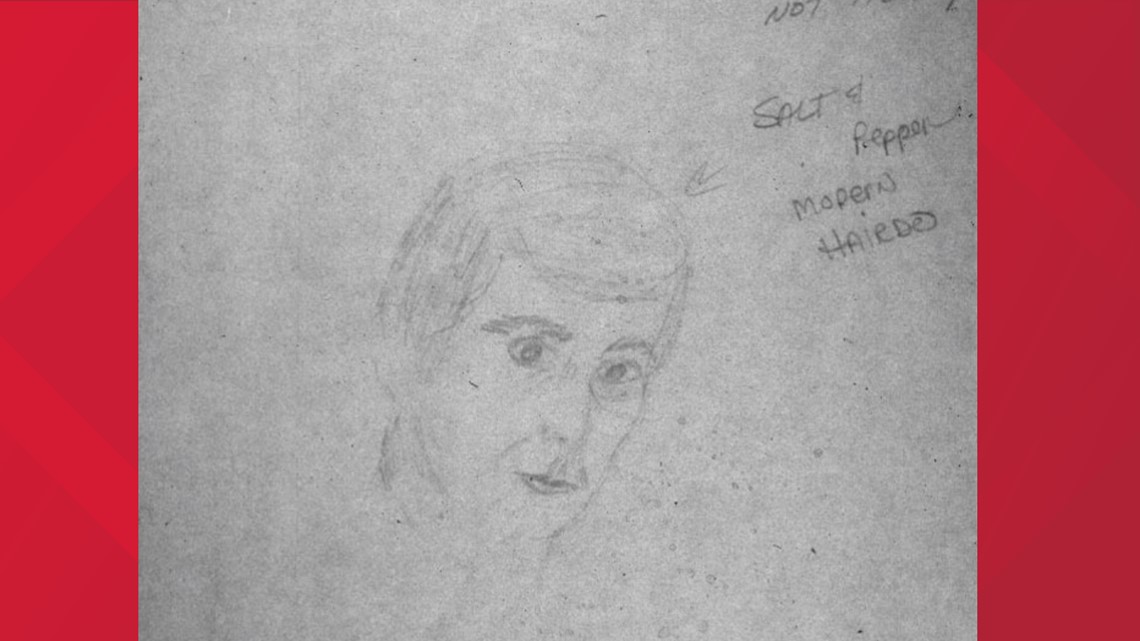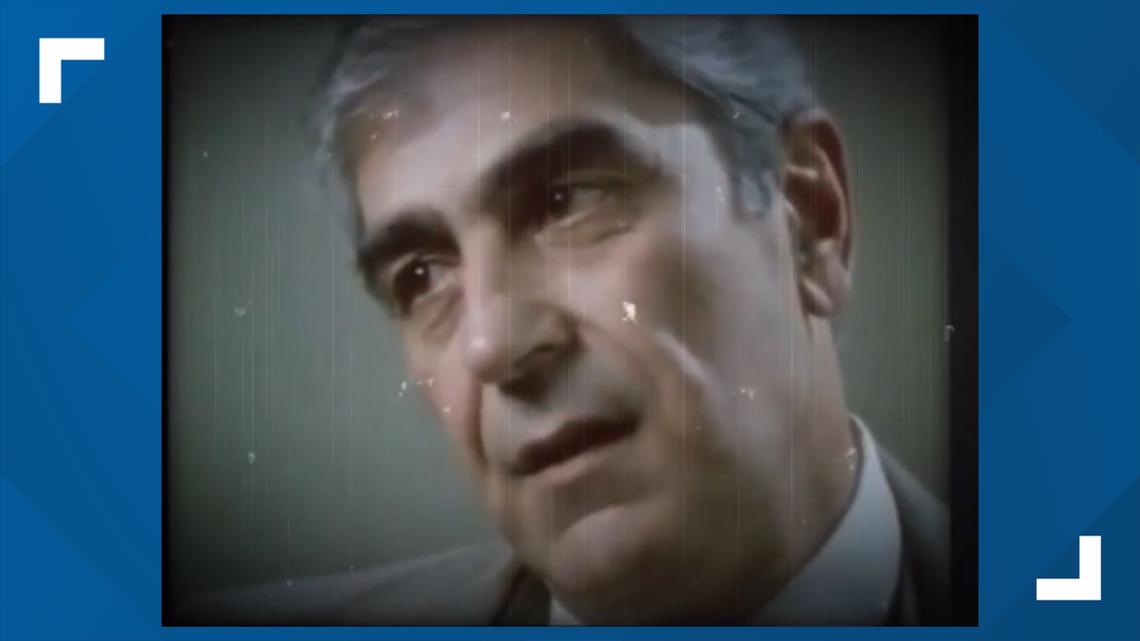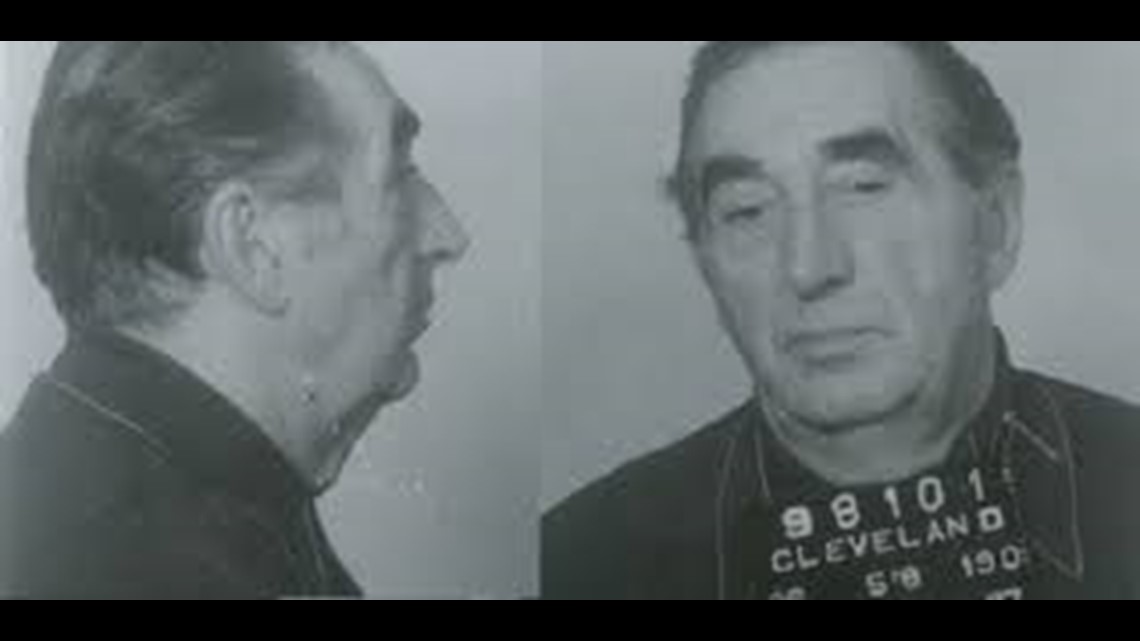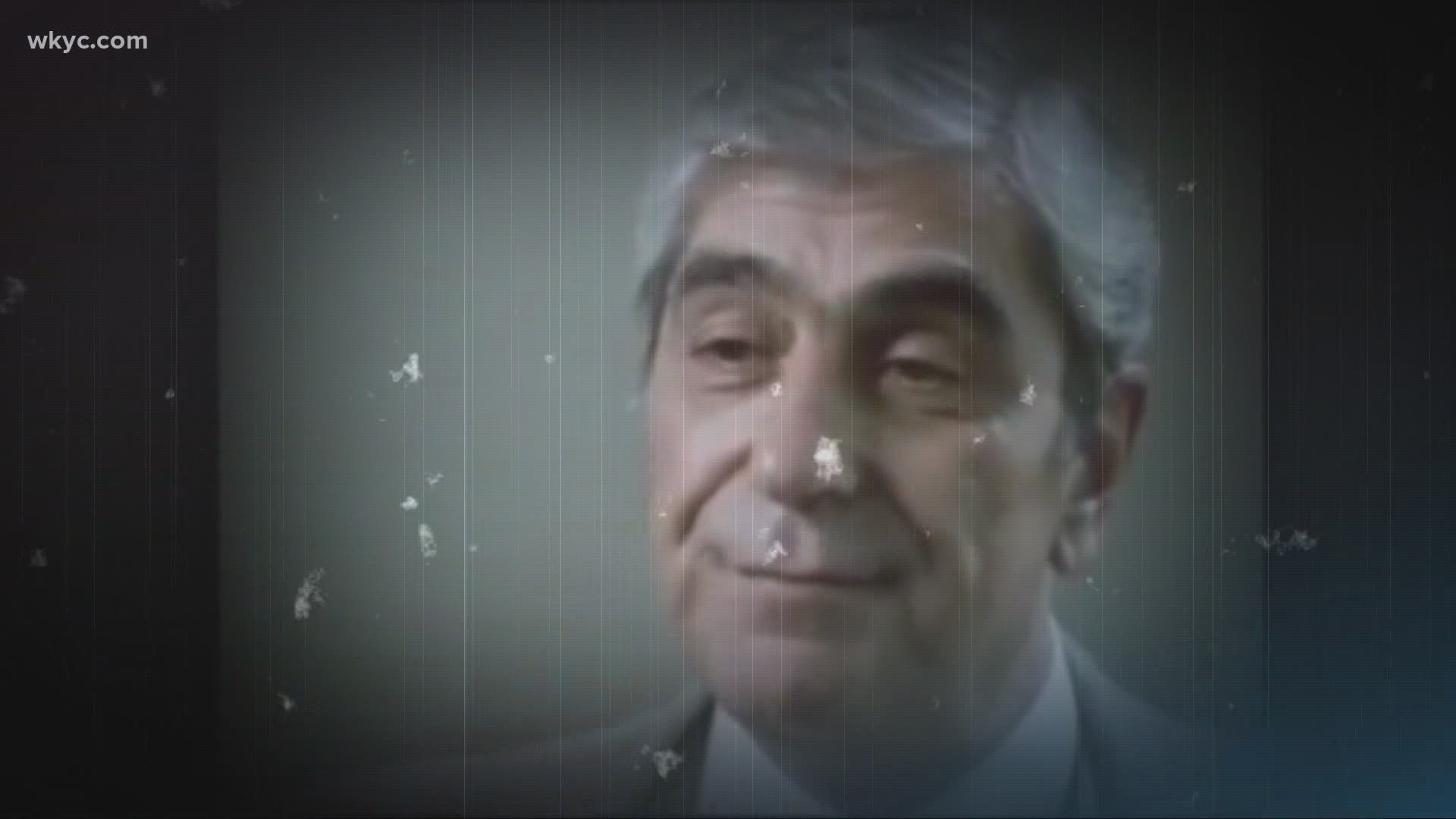CLEVELAND — Over the course of three Thursdays, 3News Investigates takes you back in time as we look into Cleveland's underworld in the 1970s. Along the way, you'll hear stories never before told from those who lived it.
This is "Bomb City U.S.A.," a true story about organized crime, murder and a fight for control that left everyone dead or behind bars. In our second installment, we look at how the man who killed the city's most notorious criminal soon flipped on the mob who had hired him to do so.
Of all the bullets and bombs fired off during Cleveland's mob wars of the 1970s, it was a woman's simple sketch that would ignite the demise of organized crime.
The drawing came together moments after mobster Danny Greene was blown to smithereens when a car bomb erupted outside his dentist's office in Lyndhurst in October 1977.
As the hitmen drove off, the woman gave chase. Subtlety, peering inside the car, she saw the wise guy’s face. She then reached for her weapon, and took aim.
Her weapon was a pencil, which she used to draw the mobster’s face.


"She's got a lot of guts, this girl," recalled former FBI agent Bob Friedrick.
She also has a lot of talent, and connections.
"She takes that sketch to her father, who is a police officer in Berea," Friederick continued. "Her father gives that sketch to Cleveland [police] intelligence, gives it to [Det.] Andy Vanyo. Vanyo looks at that sketch and says, 'That's Ferritto.' That's how he did it."
Ferritto was a Los Angeles gangster recruited specifically to take out Greene, a Cleveland mafia figure whose arrogance and penchant for killing had reached a breaking point after he killed his rival, Shondor Birns. But instead of cheers from his bosses, Ferritto was met with only silence after his arrest. That's when Friedrick and the FBI paid him a visit inside his jail cell.


Ferritto rolled like a hot cannoli, breaking his anti-rat vows to help himself. The feds were stunned by what he shared.
"We got out of the interview, and [my partner] said, 'He didn't show one emotion,'" Friedrick remembered, '"all the way up to and including killing Greene.'"
When he was asked if he felt any remorse about killing Danny Greene, Ferritto said, "To me, it was like having a glass of wine. It didn't mean a thing to me."
Armed with Ferritto as his star witness, the feds obtained indictments against some of Cleveland’s most notorious organized crime figures: The boss, Jack Licavoli; the bomb detonator, Ronnie "The Crab" Carrabbia; and mobster Butchie Cisternino.
Licavoli, who had ignored Ferritto’s request for a prime defense attorney, now hired his own: prominent lawyer James Willis.
"Licavoli was as tough as they came," Willis recalled. "I had a lot of respect for him."
In the end, Cisternino and Carrabbia were convicted, but Licavoli earned an acquittal.
"Yeah, it didn't go well," Friedrick said. "I think what was going through our minds is, 'What did we do wrong? Why couldn't we convince a jury?'"
It took five more years before the feds stopped Licavoli, using the still relatively new Racketeer Influenced and Corrupt Organizations Act (RICO). It was a conviction that could not have occurred but for the young artist's sketch years before.
But that victory didn't end mob life in Cleveland. One major figure remained untouchable: Angelo Lonardo.
"We did finally get what we wanted [with Licavoli's conviction]," Friedrick said, "but we didn’t get Angelo."


Next Thursday at 11 p.m. on "Bomb City U.S.A.": Angelo Lonardo may have escaped the artist's pencil, but he would soon face another adversary. This young woman would be armed with a law degree.
Watch Part 1 of our series in the player below:

